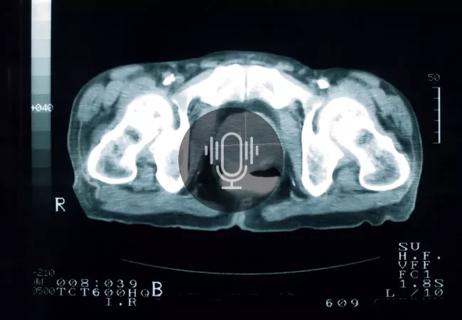Patient factors and cancer characteristics are key to deciding between focal therapies and whole gland treatment
Advertisement
Cleveland Clinic is a non-profit academic medical center. Advertising on our site helps support our mission. We do not endorse non-Cleveland Clinic products or services. Policy
Cancer therapies treat the entire prostate. But for a subset of patients, minimally invasive focal therapies that leave part of the prostate untreated may be an option. “[The key is] finding men who are intermediate risk, who based on imaging and based on biopsies have cancer localized to one small part of their prostate,” says Zeyad Schwen, MD, a urologic oncologist at Cleveland Clinic.
In a recent episode of Cleveland Clinic’s Cancer Advances podcast, Dr. Schwen discusses focal therapy for prostate cancer. He covers:
Click the podcast player above to listen to the episode now, or read on for a short edited excerpt.
Check out more Cancer Advances episodes at my.clevelandclinic.org/podcasts/cancer-advances or wherever you get your podcasts.
Podcast host Dale Shepard, MD, PhD: Let’s talk a little bit about what these procedures are, what these focal therapies are. Tell us a little bit about Nanoknife.
Dr. Schwen: This is a newer technology, a newer energy of what we call electroporation. What we do is we deliver high voltage current across the prostate tissue, usually in the form of a needle that disrupts the cell membrane of the cancer cell and then causes cell death. And so, they call it electroporation.
Advertisement
Essentially, it creates pores in the cell membrane, and then as a result, the cell dies. And what’s good about Nanoknife, which is the term that people use, is that it can be directed in a focal way, but also it reduces the collateral damage of the normal tissue around it. So, it has less collateral damage than some of the other energies that we have.
Another advantage of [Nanoknife] is that we can deliver it to other parts of the prostate that were
difficult to reach with other focal therapies, like the anterior prostate. The top of the prostate
traditionally was difficult to reach with some of our other focal therapies like HIFU, which is an
ultrasound ablation, and a lot of these have to be directed through the rectum. So, reaching the top of
the prostate is sometimes more challenging, and sometimes the urethra is in the way. The Nanoknife is another type of energy that allows us to deliver that energy to a focal part of the prostate at the top
that would be difficult to reach with HIFU.
Advertisement
Advertisement

Approach offers a ‘middle ground’ between radical prostatectomy and active surveillance

AI histologic classifier reliably predicts clinical risk in men post-prostatectomy

Historic collaboration connects two Cleveland Clinic locations, enables real-time sharing of metrics and surgical progress

Novel research to evaluate noninvasive treatments in ED and chronic pelvic pain

Correlation found between the biomarker HSD3B1 and resistance to combined hormone therapy and radiotherapy

FDA-approved therapy offers promise for patients with castrate-resistant prostate cancer

Using novel robotic approaches for a difficult-to-access prostate

A newer modality for select patients has shown positive outcomes to date